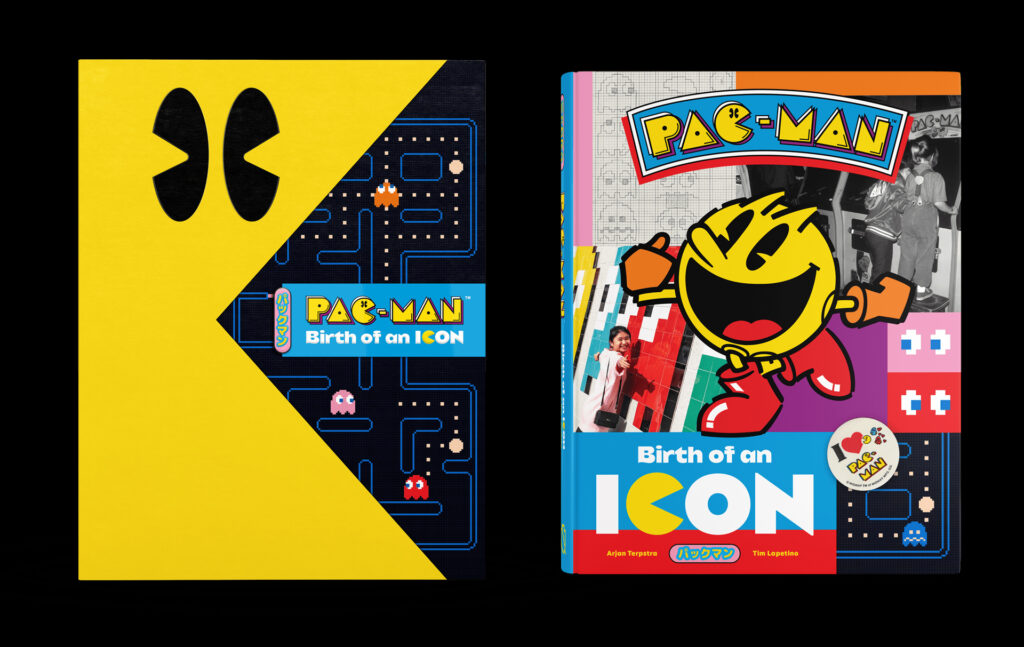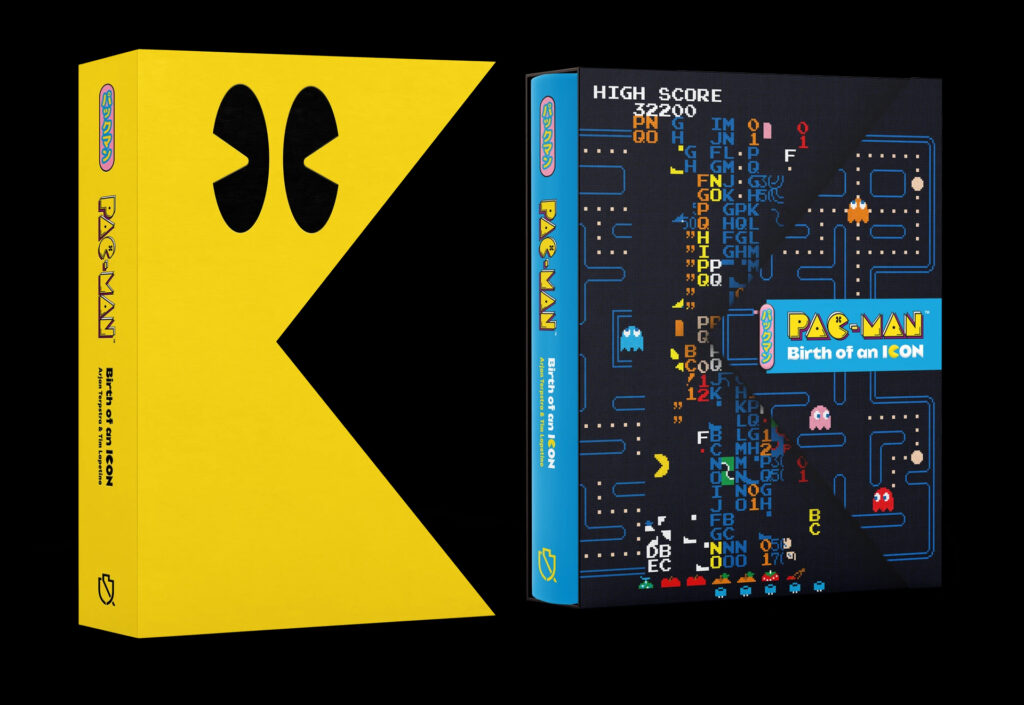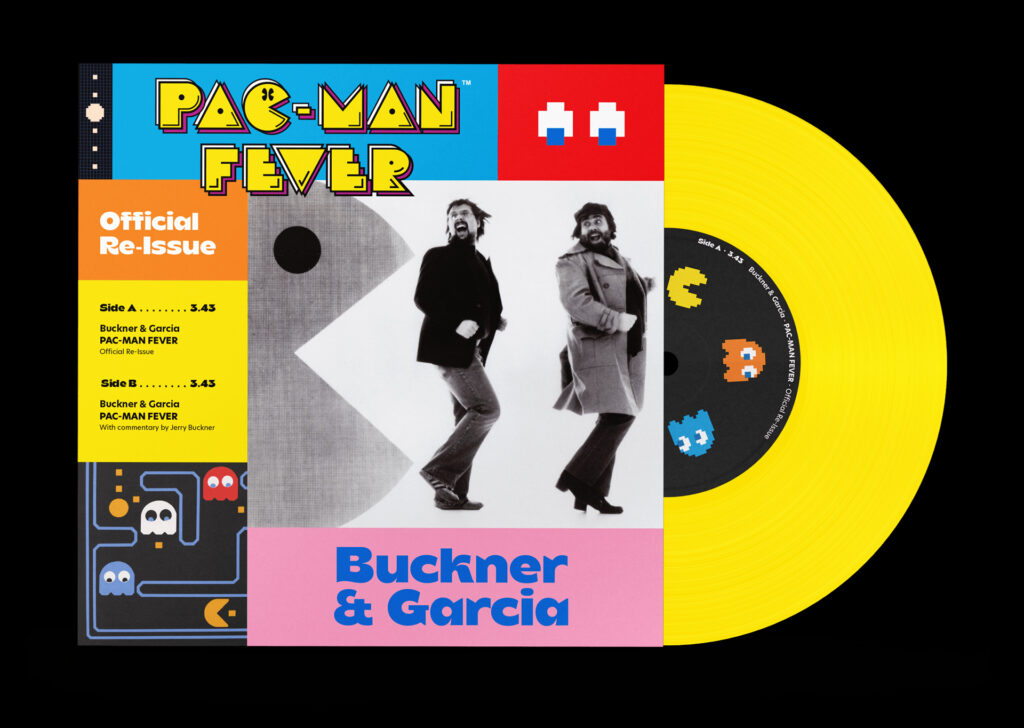There were video games before Pac Man…great ones, actually. However, they were rudimentary. Lines bisected to suggest spaceships, asteroids, and ground-to-air missile cannons. We loved them because before them, there was nothing and there was no wild expectation that the form would evolve as thoroughly as it has.

The answer to the question, “would there ever be video games so sophisticated that we might see the characters as we did cartoons,” is Pac Man. Creator Toru Iwatani recalled that back in the ’70s into the ’80s, he saw a pizza with a slice out of it and imagined a creature with an oscillating maw, chomping food versus being what was chomped. The technology that underlined the video game industry was advancing quickly. Color displays were now possible instead of the white vector graphics projected onto a colored backsplash, or the same shown behind a translucent overlay. To the eyes of the young, it was as if neon came to life, and even better, you could control it.
What everyone hoped for but no one could have expected was that Iwatani’s creation, issued by the Namco game company in 1980, would become an international phenomenon. This ghost-chasing, circular binge eater accomplished what all before it could not: it anthropomorphized this bright yellow shape into a “He.” More impressively, the graphics in the game gave rise to a marketing juggernaut with its own iconography, all offered in brilliant primary colors, stylized text, and an ethos that kickstarted the slick, electric zeitgeist of the Eighties.
Published by Cook & Becker, Pac Man: Birth of an Icon is an exhaustive look at this fundamental moment in entertainment history. Without Pac Man, one wonders if competitor Nintendo would seek to make a video game of Popeye the Sailor, be rejected by King Features Syndicate, and decide to rework the whole deal with a cantankerous, barrel-throwing gorilla and a persistent “jumpman.” While it’s clear we would have gotten to this degree of digital gamesmanship eventually, it’s difficult to imagine us getting there the same way without Pac Man taking the lead.

Brought to life by co-authors Arjan Terpstra and Tim Lapetino, Pac Man: Birth of an Icon is first and foremost a luxurious coffee table book. Presented in two slipcases, one that actually holds the book, and the other personifying Pac Man by eating the first, the book is everything you ever wanted to know about the subject. One would expect nothing less from Lapetino, who gave us the Art Of Atari a few years ago. Equally impressive is Terpstra, author of Sonic the Hedgehog 25th Anniversary Art and Design and FINAL FANTASY XV Art and Design. Both bring an obsessed curatorial spirit to the book.
Did I mention the book was heavy? You might not kill someone with it, but you could possibly break a bone with it, it’s that thick. Might I suggest you read it and not throw it at others? Yes, this book is filled cover-to-cover with artwork and photos telling this history, but it is full of information that states not only how the video game industry started and where Pac Man fits into it, but how it influenced a generation and – in no grandiose terms – fanned a fire that today accounts for at least $155 billion dollars in revenue. Industry analysts state that by 2025, it will generate more than $260 billion. From Pac Man and Mario; to Pikachu, Joel and Ellie, and Lady Dimitrescu, this is a fascinating world and Pac Man: Birth of an Icon puts you right at its ground floor.

Standard Hardcover Edition:
• The Pac Man: Birth of an Icon book
• 300+ pages of full-color history, design, and imagery
• Hardcover/dust jacket
• Contains bonus text, the first English-language translation of Pac Man creator Toru Iwatani’s memoir, Pac Man’s Method
Collector’s Edition:
• The Pac Man: Birth of an Icon book
• A unique box and Pac Man-shaped slipcase, celebrating the visual history of Pac Man
• Includes an exclusive Pac Man arcade token
• Includes a limited, brand-new 7” vinyl pressing of 1981’s ” Pac Man Fever” by Buckner & Garcia
• Limited to 2,000 copies
Fun Fact: “Pac-Man Fever” was the second most popular choice for my junior high prom theme song.